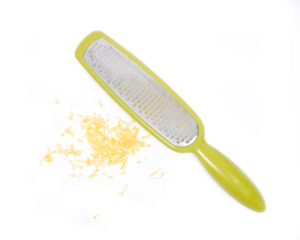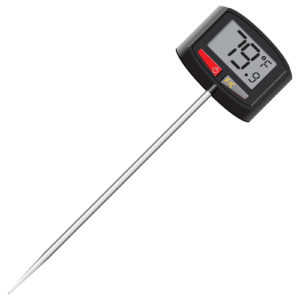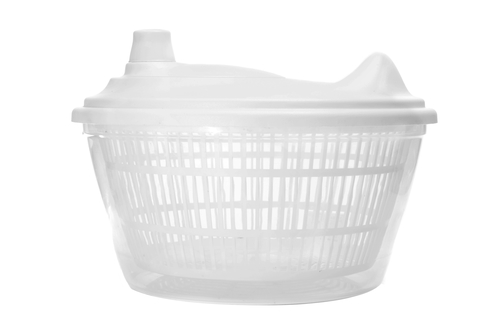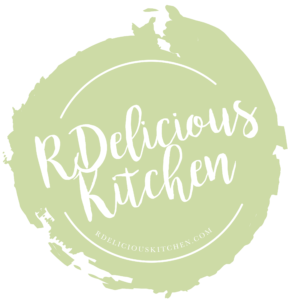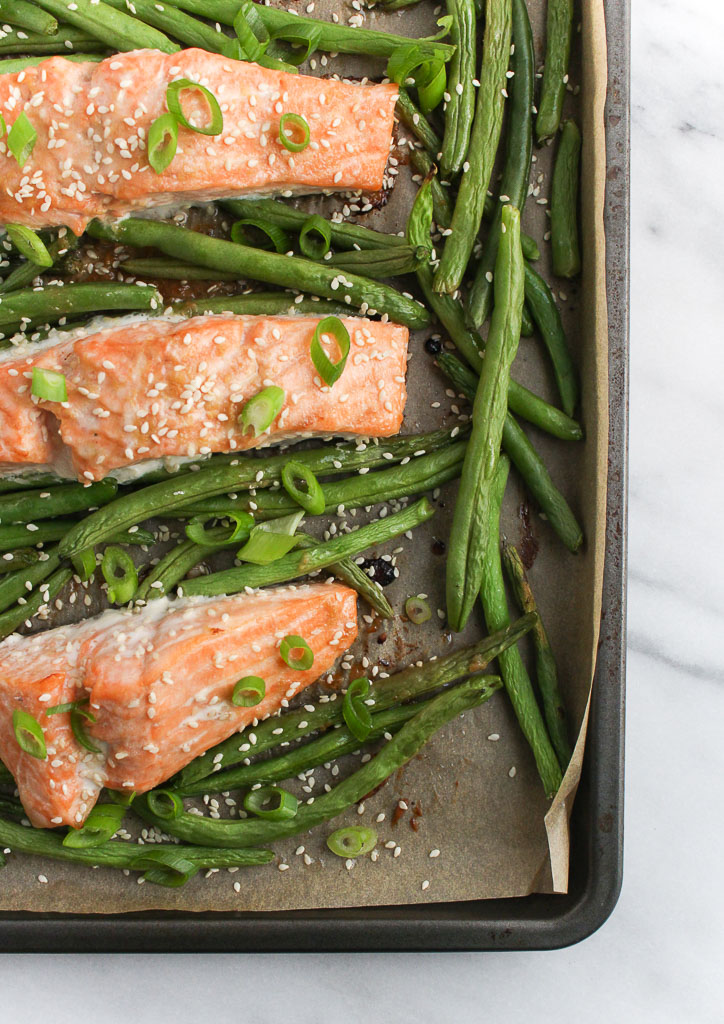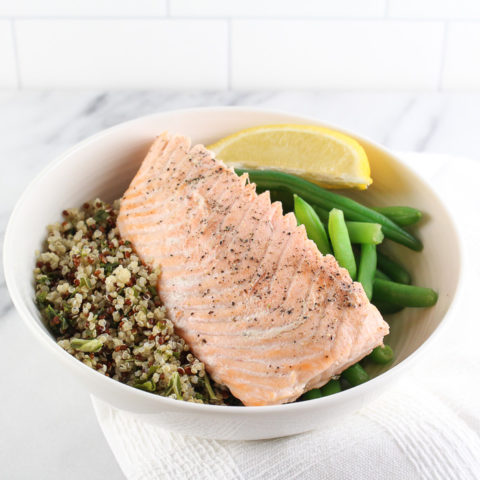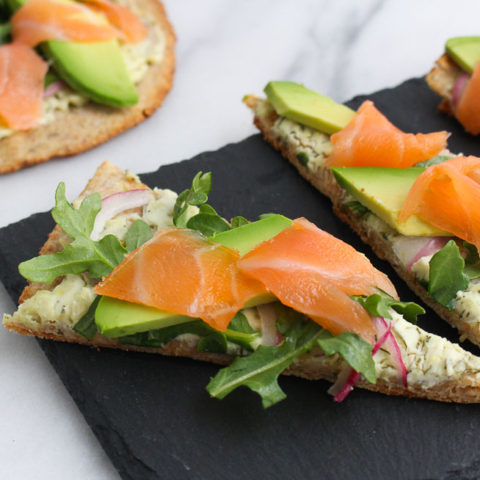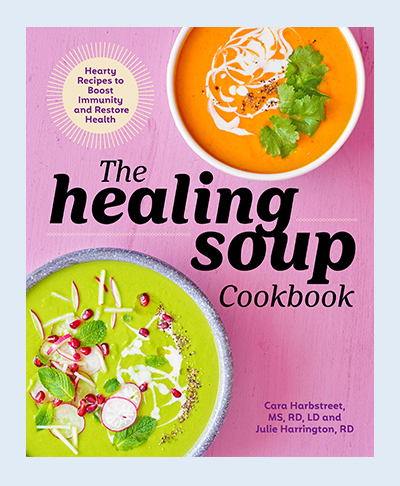As a dietitian and a chef, there are certain kitchen tools and gadgets that I can’t live without. I realized when teaching my cooking classes that there are certain essential tools to keep in the kitchen to create a healthier kitchen environment.

By having these tools in your kitchen, you are setting yourself for success and creating a healthier kitchen environment. Utilize these tools to create healthier recipes and help meal prep for a healthy week of delicious food!

(Every day) knives:
Two essential knives to have readily available in your kitchen is a chef’s knife, also known as a utility knife and also a paring knife.
A chef’s knife (sometimes called a cook’s knife) is the most important knife to have in your kitchen. It has a wide blade between six and ten inches long and is used primarily for chopping, though it can be used for anything you want to do. The blade of a classic, French-style chef’s knife curves upward toward the tip. A Japanese-style Santoku knife can be used in place of a French-style chef’s knife; it’s usually shorter and has a “sheep’s foot” tip, meaning the top of the tip curves downward. European manufacturers of Santoku knives add a Granton or kullenschiff edge, a row of hollow-ground pockets that prevent food from sticking to the knife’s surface.
A paring knife looks like a miniature chef’s knife, with a blade ranging from two to four inches long. It’s good for delicate tasks where a larger blade would get in the way. Paring knives are ideal for peeling onions, coring tomatoes or trimming vegetables.
Tip: Dishwasher detergent is very abrasive, and along with the banging around that happens during a wash cycle, will take the sharp edge right off your knife. Always wash knives by hand in the sink with dish soap and water.
Knife sharpener:
FACT! I dull knife is more dangerous than a sharp knife.
Make it a habit to sharpen knives each week. A small handheld sharpener does the trick, but electric sharpeners are great too. I like to use the mini handheld knife sharpener at home that has a coarse and fine blade sharpener.
Microplane:
A microplane is also known as a zester. Adding a finely grated citrus zest is a great way to elevate flavor in any dish. I also use my microplane for grating ginger, turmeric, garlic, dark chocolate, and hard cheeses.
Recipes to try using your microplane:
Crepes with a Strawberry Lemon Ricotta Filling
Broccoli Cauliflower Salad
Meat thermometer:
My personal pick for a meat thermometer is always an instant-read digital thermometer. An instant-read digital thermometer is the most accurate. Despite the name, the display usually takes anywhere from 20 to 30 seconds to give an accurate temperature reading, but it’s still quicker than analog. This is a basic all-purpose thermometer. You can use it for meat, baked goods, anything that requires an internal temperature reading. (If you use it for meat, just make sure to sanitize the thermometer to avoid cross-contamination.) Using a meat thermometer can help avoid overcooking, keeping recipes juicy and flavorful.
Salad spinner:
My salad spinner is used every time I meal prep. If your greens are cleaned, dry, and ready to use, you will be more likely to use them throughout the week. Salad spinners are versatile and can be used more than just for leafy greens. Use to wash and dry herbs, strain canned beans, rinse berries and hearty vegetables like broccoli.
Try a recipe that utilizes a salad spinner:
Squash and Wheat Berry Salad
Glass containers with lids:
Make sure to have a variety of sizes (8 oz., 16 oz., and 32 oz.). These are essential for leftovers as well as storing pre-prepped foods. Glass containers are preferred to plastic – they are easier to clean, do not absorb food odors, and can be used to reheat leftovers.
Also, utilize mason jars. They are useful for overnight oats or making your own vinaigrette.
Follow RDelicious Kitchen on Facebook!


